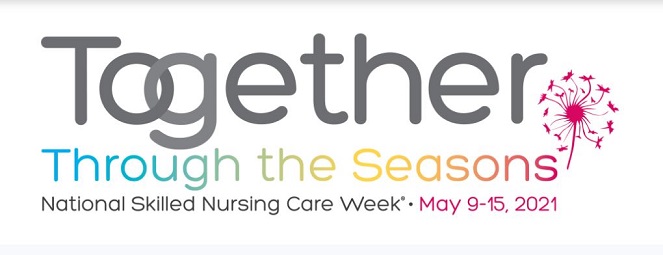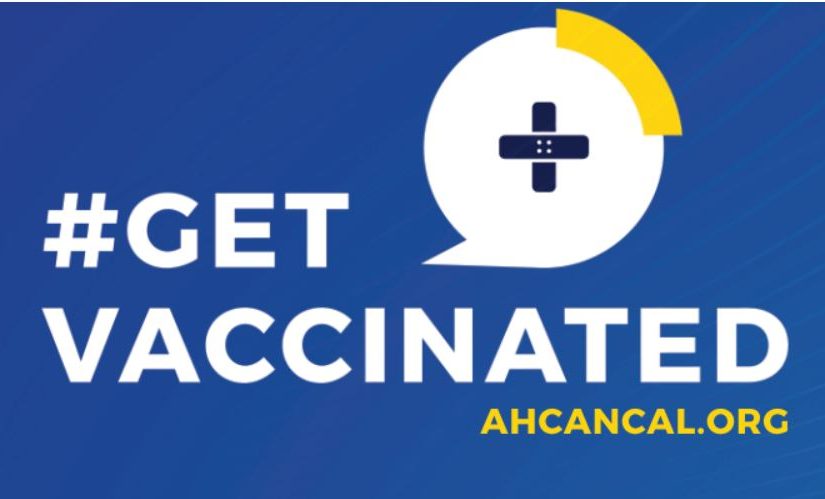The theme for National Skilled Nursing Care Week (NSNCW) 2021 is “Together Through the Seasons.” NSNCW will take place May 9-15, 2021, and the theme will honor the collaborative commitment of skilled nursing care facilities and their staff in providing compassionate care to their residents during this unprecedented time.
Find out how you can participate by going to https://www.ahcancal.org/Education-Events/Pages/NSNCW.aspx









